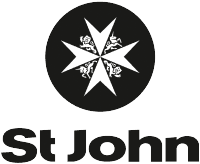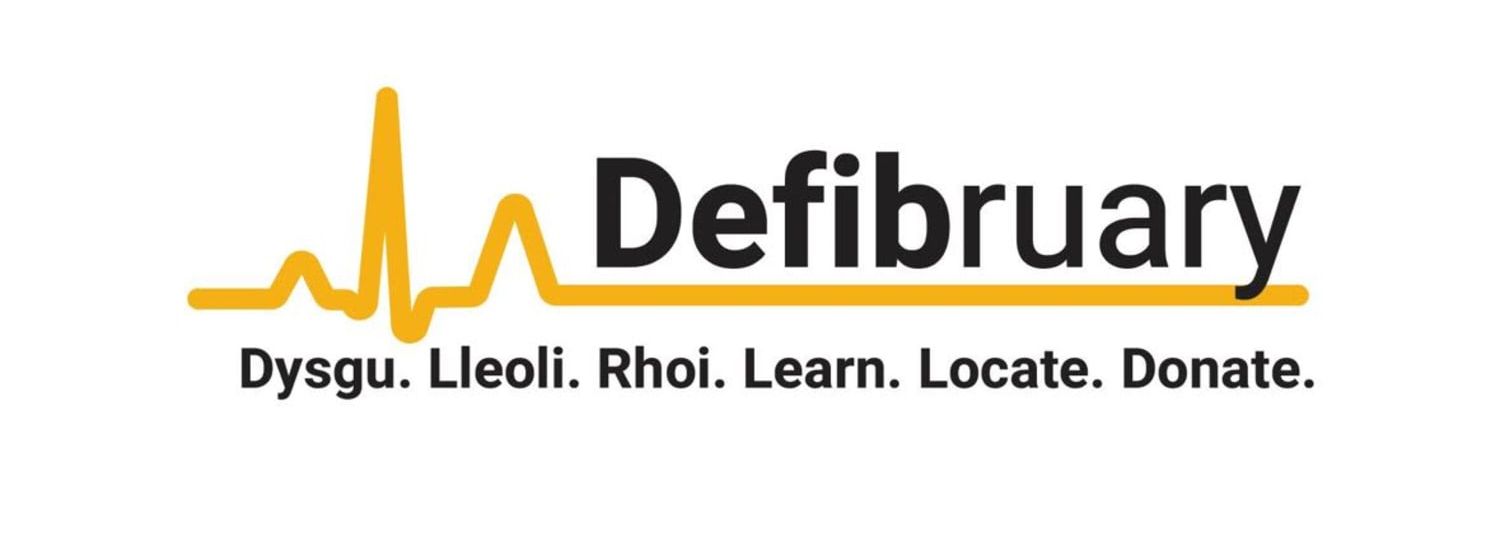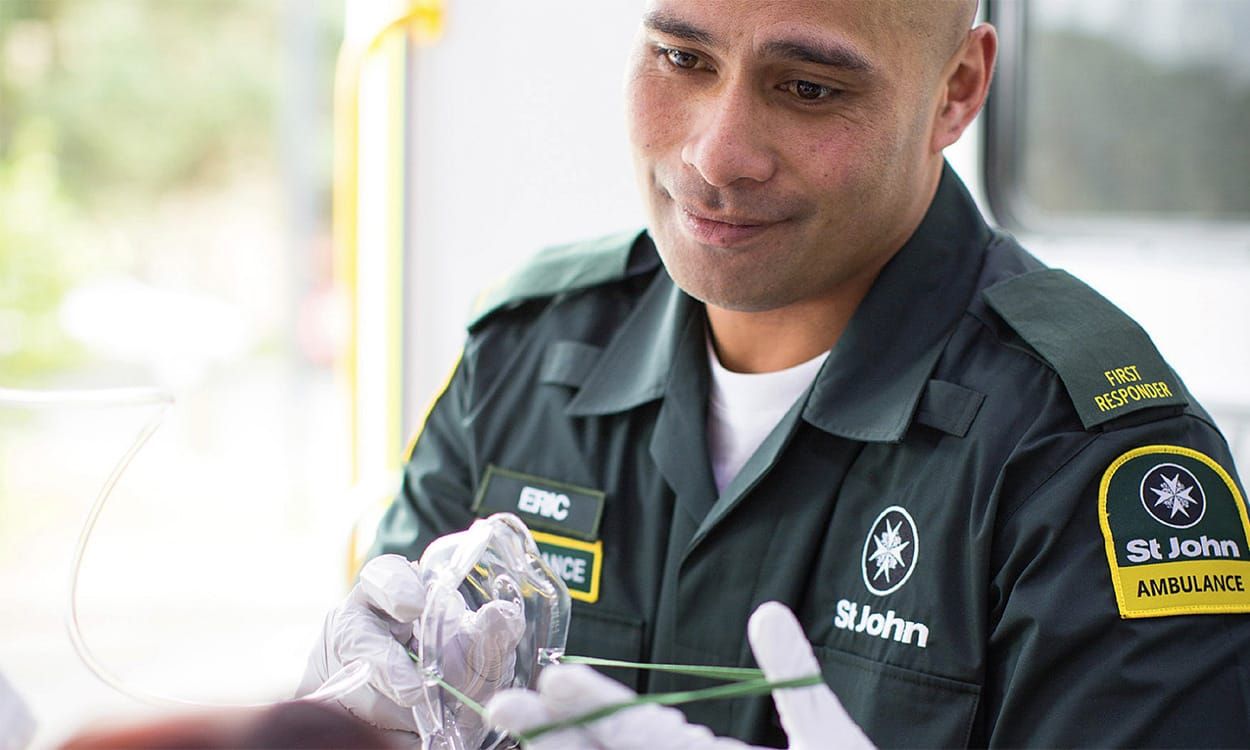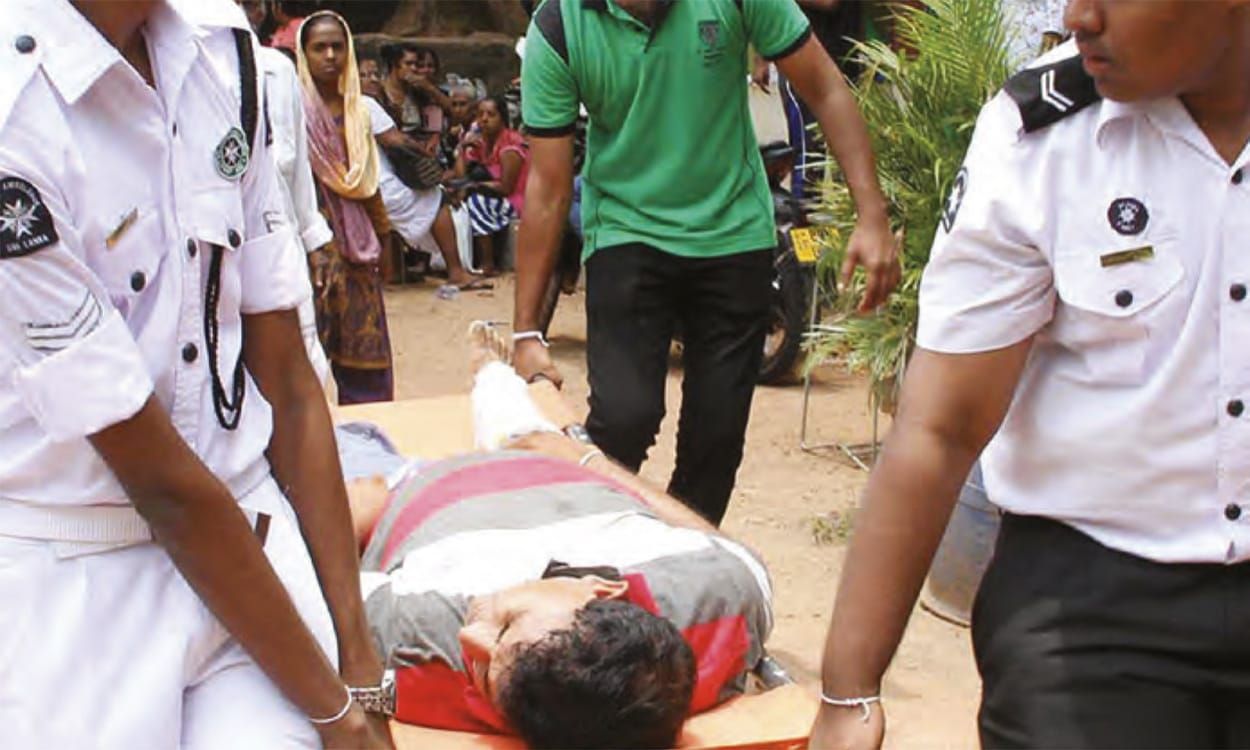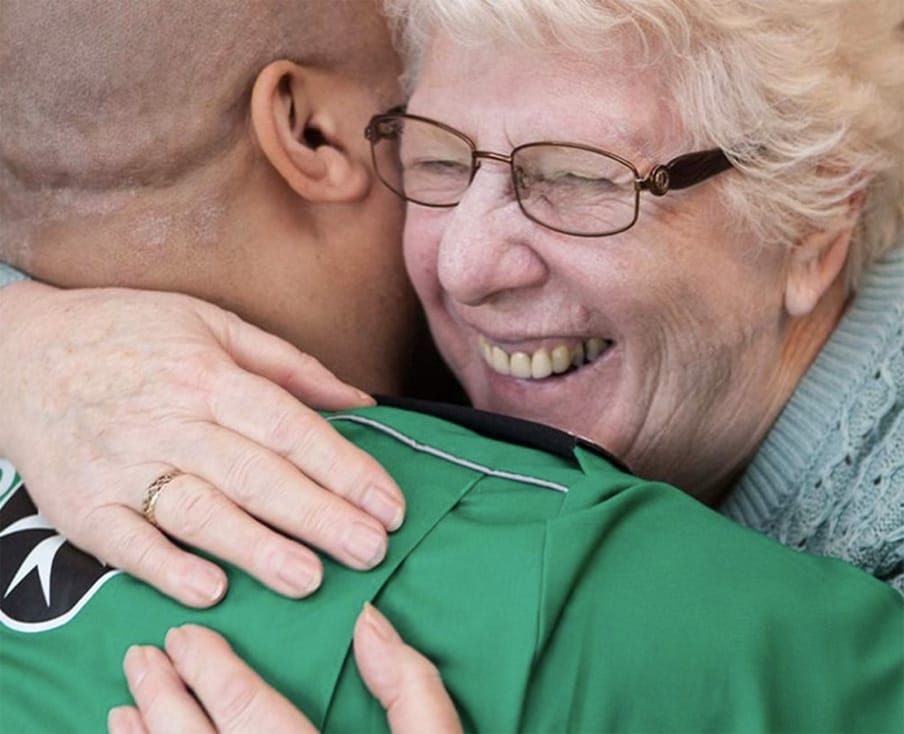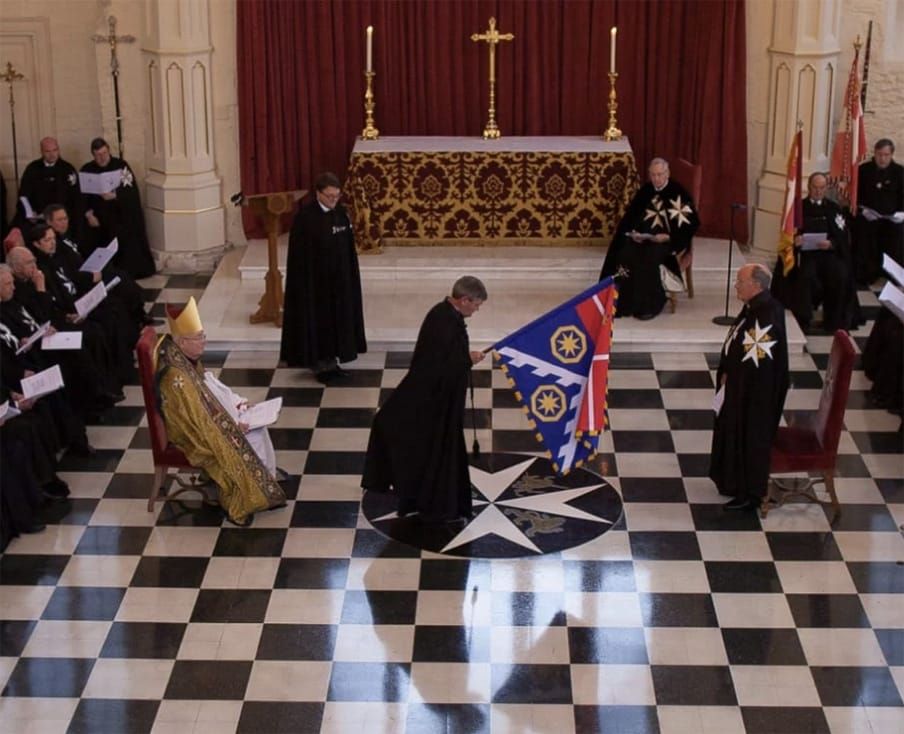St John Ambulance Cymru’s annual Defibruary campaign is back for another year, with the aim of training even more people in lifesaving first aid skills during the month of February.
The Defibruary campaign aims to raise awareness of defibrillators and highlight their importance in the community. In Wales, more than 6,000 people a year go into cardiac arrest outside of hospitals. 80% of those take place at home.
The month-long campaign will start at Ysgol Gyfun Gymraeg Llangynwyd in Maesteg, where St John Ambulance Cymru will give defibrillator and CPR demonstrations to all 720 pupils, as well as members of staff at the school.

Joe Hayward (52) was competing in the Gritfest cycling event with a group of friends last June when he suffered a cardiac arrest out of the blue. His friends assumed he had fainted, but quickly realised the situation was far more serious. They began CPR immediately.
St John Ambulance Cymru Responders Jack and Sam received an alert of the nearby cardiac arrest and immediately made their way to Joe’s location. The pair assisted with CPR alongside a private medical company and spectators. After 5 shocks from a defibrillator and ongoing CPR, Joe began to breathe again. The quick action from those around him that day, including the prompt CPR and the use of a defibrillator, saved his life.
Joe’s story is one of many – it illustrates that defibrillators save lives every day, and why it’s so important that people feel comfortable in locating and using their nearest one.
“Those around him were absolutely determined to help him, and we are so thankful for them,”
Joe’s wife, Heather.
As part of our global mission, St John establishments around the world want as many people as possible to know where their nearest defibrillator or AED device is located – and feel confident in using it.
Do you know where your closet defibrillator is located should any member of your family or community need to use it?
Below is a snapshot of what some St John establishments are doing to help people become more defib-aware. Knowing where your nearest defibrillator is located is vital to helping save a life.
Defibrillators rolled out outside government schools in Gibraltar
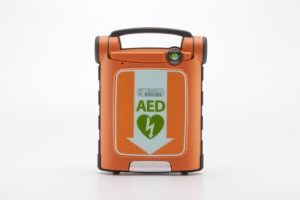
Supported by St John Ambulance Gibraltar, Automated External Defibrillators (AEDs) are now being positioned outside government schools.
The programme, coordinated by the Department of Education in partnership with St John Ambulance and the Cardiac Association, is coming to fruition with 10 schools now having direct access to these life-saving devices. The remaining schools, together with the University of Gibraltar and Bleak House, will also be included once additional units arrive.
The positioning of AEDs on the perimeter of educational settings ensures that not only pupils, staff, and visitors have access, but also the general public outside school hours or term time.
St John Ambulance Gibraltar has for a number of weeks been providing bespoke training to familiarise school staff with AED functions, together with procedures to follow in the event of a medical emergency. Training is being rolled out on a ‘train-the-trainer’ basis to make schools self-sufficient in the future.
Defib in Your Street
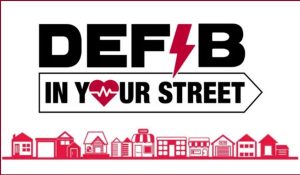
In March 2022, St John Ambulance in Victoria, Australia, launched the pilot location for Defib in Your Street (DIYS). A first-of-its-kind program, DIYS was designed with a very focused goal in mind – to empower communities with some of the state’s highest rates of out-of-hospital sudden cardiac arrest (SCA) to save lives. This was supported by installing a network of 24/7 public access defibrillators (PADs) and providing free CPR training to a large cohort of residents.
The northern Melbourne suburb of Reservoir was identified as a postcode with a high incidence of SCA, and low prevalence of PADs and bystander response. Before DIYS launched in March there were no PADs available 24 hours a day in the entire suburb of over 50,000 residents. By Christmas time 29 PADs had been freely installed in residential homes (following 321 requests to host a defib), public housing estates, community centres and facilities, and public transport stops, and nearly 3,000 residents had received free training in CPR and how to use the defibrillator. Now, 90% of residents in Reservoir are within 400 metres of a PAD that can be accessed at any time, by anyone.

To get involved in free training, fundraising or hosting a defibrillator click here.
The Circuit
St John Ambulance in England alongside The British Heart Foundation (BHF), Resuscitation Council UK (RCUK), and the Association of Ambulance Chief Executives (AACE), promotes the importance of The Circuit. The Circuit is the national defibrillator network that maps defibrillators across the UK, connecting them directly and automatically to each ambulance service.
The training and marketing teams at St John Ambulance work with their customers to ensure defibrillators are publicly accessible when they purchase a device from them.
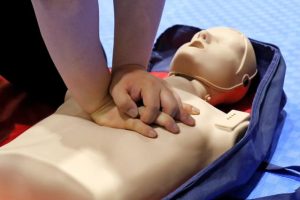
St John Ambulance has also set up the CPR Community Network. The network was set up a few years ago alongside NHS England as part of the NHS’s Long Term Plan to reduce the number of deaths from out-of-hospital cardiac arrest by 8,000 by 2028.
The Network aims to ensure that no one dies through lack of first aid provision and to ensure that everyone has access to basic life support training in person, online, or by using their Resource Hub to give them the confidence to respond in an emergency.
To locate the closest ten defibrillators to you within the UK, enter your postcode here.
